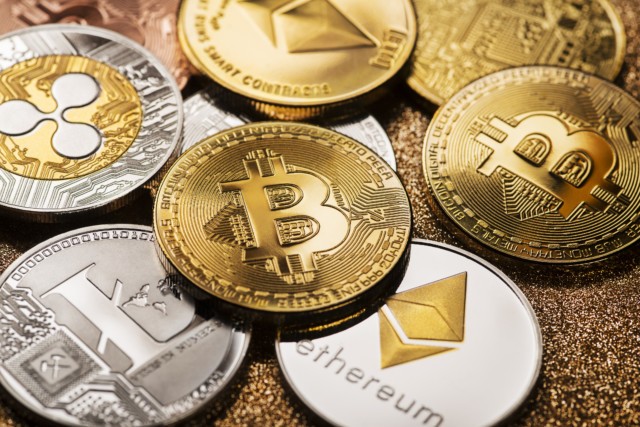IN short, a DAO is a financial organization based on and guided by computer code.
But understanding how it works can be quite complicated. Here’s a break down.
What is a Decentralized Autonomous Organization (DAO)?
In basic terms, a decentralised autonomous organization is a way to organise powered by artificial intelligence.
This means its data its readily available to anyone with an internet connection and decisions are made by everyone who uses the database.
They are designed around a set of rules enforced on to a blockchain, which is a record of cryptocurrency transactions.
The earliest example of a DAO is bitcoin.
It has no leadership and the whole community contribute influence.
How do DAOs work?
DAOs are fully autonomous and transparent. Anyone can audit the accounts and every transaction is recorded.
They operate using blocks of code, known as “smart contracts” and automatically make decisions when a set of criteria is met.
These contracts establish the rules and anyone with a share in the currency will then get voting rights.
When a proposal is made, it only gets approved once the majority of the members approve it.
But how a majority is determined depends on the specifics of the contract.
What advantages do DAOs have?
As it does not have any leadership with responsibility shared by all users, it cannot have one point of failure which creates stability.
Being completely open-source and automated again means there is very little space for human error, designed to create certainty and trust in the community.
Working like a co-operative, a user’s influences is equal to the amount of tokens they purchase.
However, this doesn’t give them more rights or privileges.
What was The DAO?
The DAO was a failed DAO based on the Ethereum blockchain which operated using all the principals described above, written by Christoph Jentzsch in 2016.
Due to a fault in the code, users were able to transfer a third of its value, worth about $50million, off to a subsidiary account.
This spelt the end of its credibility, with it being delisted from major crypto exchanges.
But before this, it divided into two currencies, one of which became Ethereum Classic and which has continued on.








